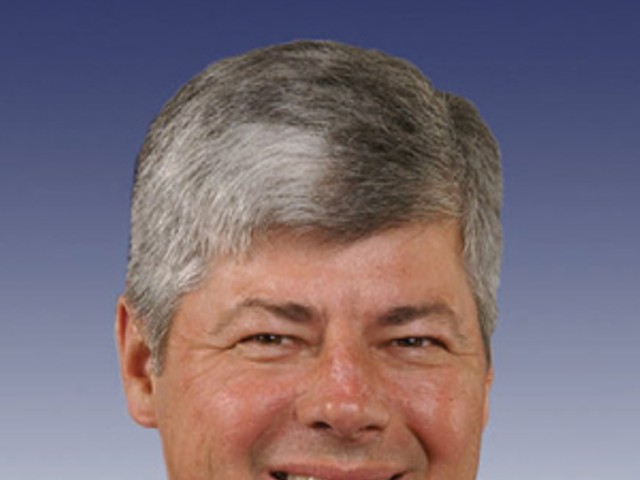Proponents of wind turbines tout their ability to cleanly generate power, transmit it to the grid and do so without the pollution of coal plants and potential dangers of nuclear sites.
But opponents of the giant propellers worry about the noise they create along with threats to birds, disruption to lakebeds in construction, and the possible difficulties in actually getting the power to transmission lines.
"It's an interesting issue because it really pits environmentalist against environmentalist," says Daniel Cherrin, a Royal Oak attorney who represents SouthPoint Wind, of Leamington, Ontario. "There are the environmentalists that seek to preserve the pristine beauty of the natural surroundings of the Great Lakes versus the environmentalist that is all about sustainability and finding new ways to generate clean, green energy."
Cherrin's client is the wedge splitting the sides in Ontario these days. The Canadian company has proposed installing 15 wind turbines in Lake Erie about a mile offshore from Kingsville, Union and Leamington as early as this year. They could be the Great Lakes' first offshore turbines, though there are similar efforts being considered in Cleveland and New York.
A second SouthPoint Wind proposal could add hundreds more turbines, including some in Lake St. Clair.
"You just see the future of where our energy is coming from. They're exploring these opportunities," Cherrin says.
Last year, Ontario adopted the Green Energy Act to help expand renewable energy, encourage energy conservation and create green jobs. But the ministry of the environment hasn't finalized the permit application process or developed guidelines for granting them, says Marcia Valiante, professor at the University of Windsor Faculty of Law. That lack of policy has helped fuel fears about the process and the impacts of projects that include turbines, she says.
"The act really runs the gamut on any kind of renewable energy project. It would include solar, anything using biofuels, that kind of thing," Valiante says. "There are some projects under way, mostly on a smaller scale."
But the SouthPoint Wind effort is unique in its size and the controversy it has created, Valiante says. While the Green Energy Act requires some public input, the provincial government has not yet prescribed what that will be. Still, the company has held public hearings about the proposal.
Hundreds of people have attended the series of meetings in recent weeks and complained about the proposed turbines being eyesores, having the potential to damage water supplies and creating a danger to wildlife, according to reports published in Canadian newspapers.
"People have very legitimate concerns on all sides of the issue," Cherrin says. "I don't want to minimize those. I want to address everyone's concerns."
Michigan, meanwhile, is trying to prepare for offshore wind turbine proposals of its own, says Robert McCann, spokesman for the Michigan Department of Natural Resources and Environment. "But it's not something, frankly, we've permitted before. It has required us to sit down with other agencies and figure out how this permitting process would work," he says.
Two companies have contacted the state expressing interest in exploring wind turbines in Lake Michigan, McCann says, but they haven't made any formal requests to construct them.
In advance of such proposals, Gov. Jennifer Granholm convened a wind council, which last year recommended the Legislature revise state laws because the current statutes don't apply to large offshore wind turbines, says John Sarver, spokesman for the Department of Energy, Labor and Economic Growth.
"We think it is important that the Legislature pass legislation this year so that we've kind of got a good system for considering any proposals," McCann says. "We're hoping that will happen this year."
News Hits is edited by Curt Guyette. Contact him at 313-202-8004 or [email protected]




